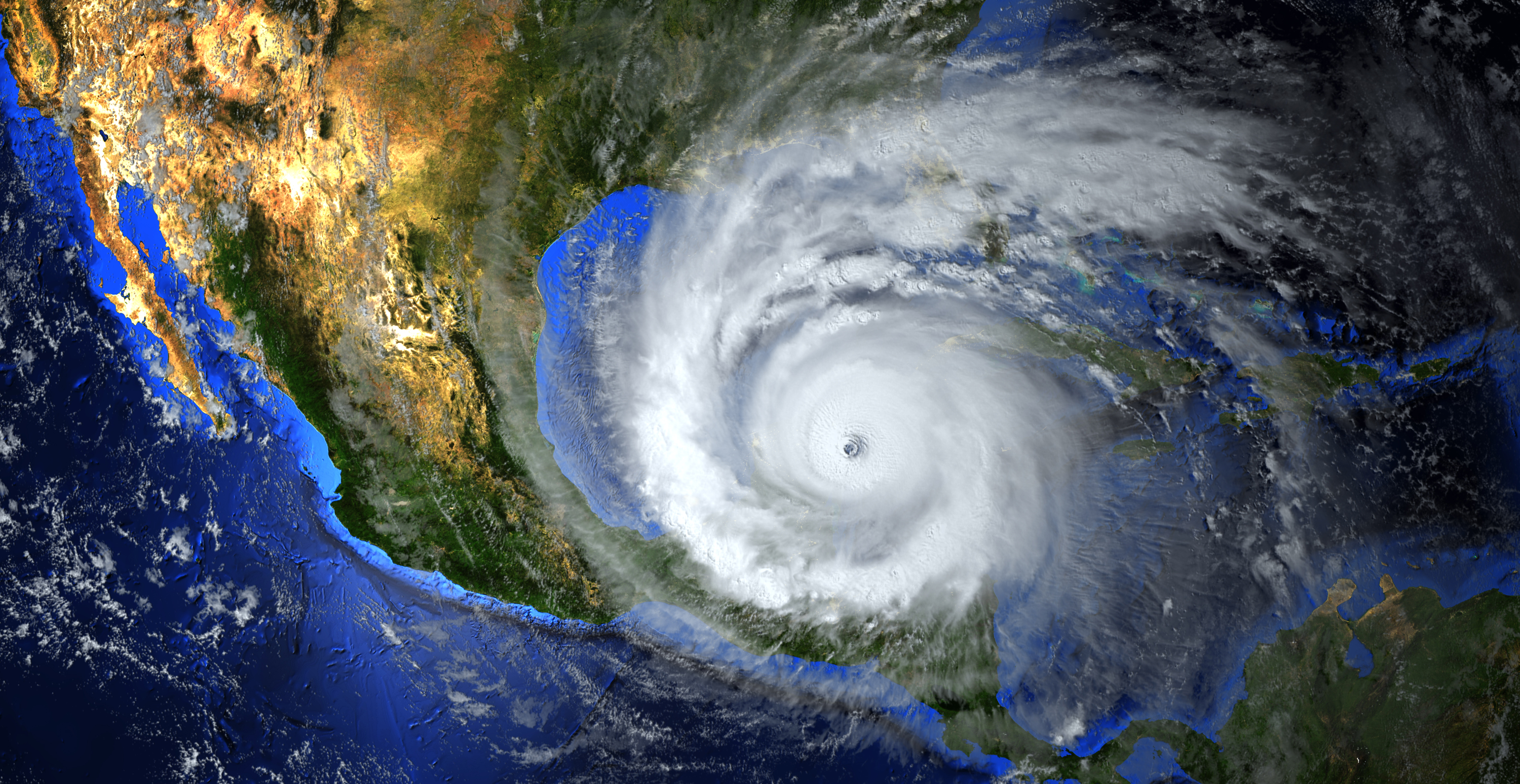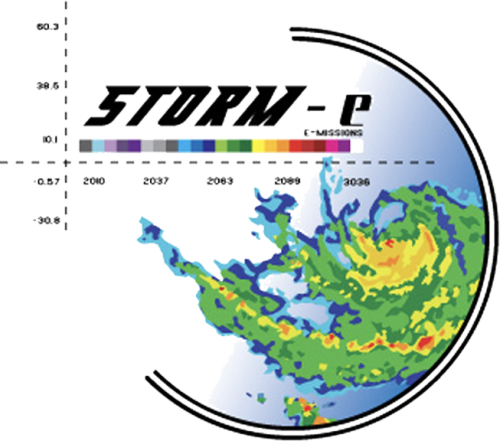Storm-e (New York City version)
Student Site
The Beaufort Wind Scale
The Beaufort Wind Scale is a system that describes wind speed based on observed conditions at sea or on land. It was developed in 1805 by Sir Francis Beaufort, a British admiral, as a way for sailors to consistently describe wind strength without relying on instruments.
Instead of giving exact measurements, the Beaufort Scale links wind speeds to visible effects—like how waves form at sea or how trees, flags, or buildings are affected on land. Over time, it was standardized to include actual wind speeds in knots, miles per hour, or kilometers per hour.
Here’s a breakdown:
-
0 – Calm: Smoke rises vertically, sea looks like a mirror.
-
1–3 – Light air to gentle breeze: Ripples on water, flags stir, leaves rustle.
-
4–6 – Moderate to strong breeze: Small waves with foam, branches move, umbrellas hard to use.
-
7–9 – Near gale to strong gale: Large waves, difficult walking against wind, minor structural damage possible.
-
10–12 – Storm to hurricane: Very high waves, uprooted trees, widespread damage.
On land, people might notice:
-
Clothes flapping, dust swirling, trees bending, or—at the extreme—major destruction.
At sea, sailors use it to estimate conditions: from smooth ripples to dangerous waves over 45 feet high in a hurricane.
The scale originally had 13 levels (0–12), but sometimes modern meteorologists extend it for especially strong tropical cyclones.
In short: The Beaufort Wind Scale is a universal “translation tool” for wind strength, turning invisible moving air into something people can describe based on what they see and feel.

